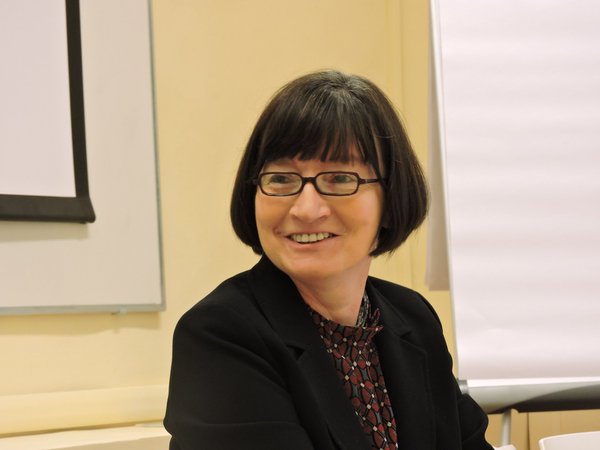Made BlackPosted in Arts, Europe, History, Live Events, Media Archive, United States on 2016-04-28 18:07Z by Steven |
Jersey City Theater Center
Merseles Studios
339 Newark Avenue, 2nd Floor
Jersey City, New Jersey
Saturday, 2016-05-07 20:00-23:00 EDT (Local Time)
JCTC New Play Reading presents Schwarz Gemacht (Made Black) a cutting-edge, controversial play exploring race and identity through one of the most overlooked subcultures of the 20th century – mixed-race black German citizens during the 1930’s. This uniquely provocative work by Alexander Thomas, is on research and true stories of the people caught between two worlds in one of the most racially conflicted eras in history. Schwarz Gemacht (Made Black) premiered in Berlin at the English Theater of Berlin last year, then at the 2015 New Black Fest at The Lark, receiving a rave Playbill review by Olivia Clement: “Set in 1938 in Berlin, the play is centered on an Afro-German actor and his encounter with an African-American musician and activist that leads to questions about identity and the treatment of people of color both in Germany and in the United States.”
For more information, click here.



